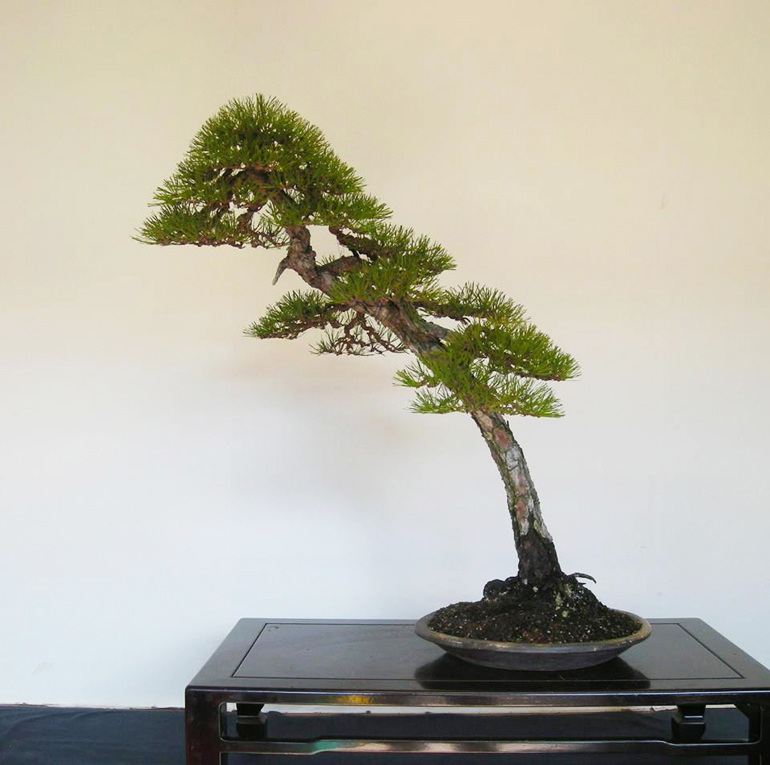
After. Japanese red pine (Pinus densiflora) by Naoki Maeoka. Not to be confused with our native Red pine (Pinus resinosa) which are common here in Vermont, but alas, are not great bonsai subjects (unlike the Japanese red pine). If you look at the trunk it’s obvious why they call them red pines (the same goes for our native red pine). On a more frivolous note, I can’t help but think of a ski jumper every time I see this remarkable tree.
A talented new kid on the block. Both of the trees shown here are from Naoki Maeoka’s face book photos. We’ve never featured Naoki on Bark and it’s always great to welcome new faces (well, new names at least, we tend to stick to bonsai photos here).
Due to their long somewhat narrow trunks with no low branching, most people might call both of these pines bunjin (aka literati). The only thing that might give pause are the relatively heavy, robust crowns. I say ‘relatively’ because the most ‘bunjin of bunjin’ reflect hostile growing conditions and therefore have very sparse foliage.
I didn’t set out to write a treatise on bunjin, but we’ve come this far, so why not? Here’s a quote from an essay on bunjin by John Naka: “It looks like it is struggling for its survival, or a form of agony. The tree itself should not be in this condition, in reality it should be healthy. The shape or form may indicate struggle but not health. It seems to be a very cruel method but it is only concept. Its appearance should not be too serious nor easy, it should be free, unconstrained, witty, clever, humorous and unconventional. A good example for this is a study of any of nature’s tree that has survived some sort of problem or disaster.”
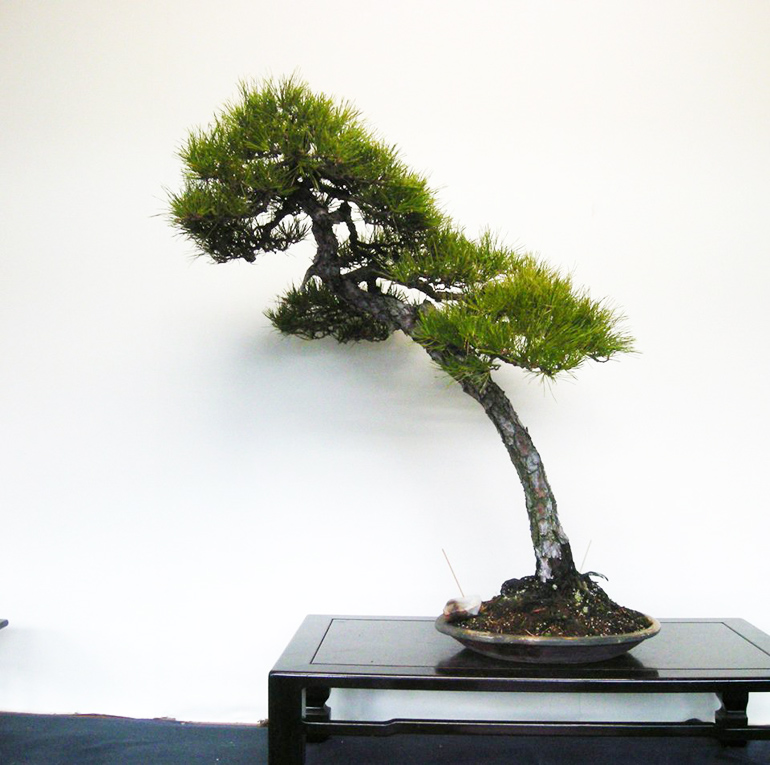
Before.
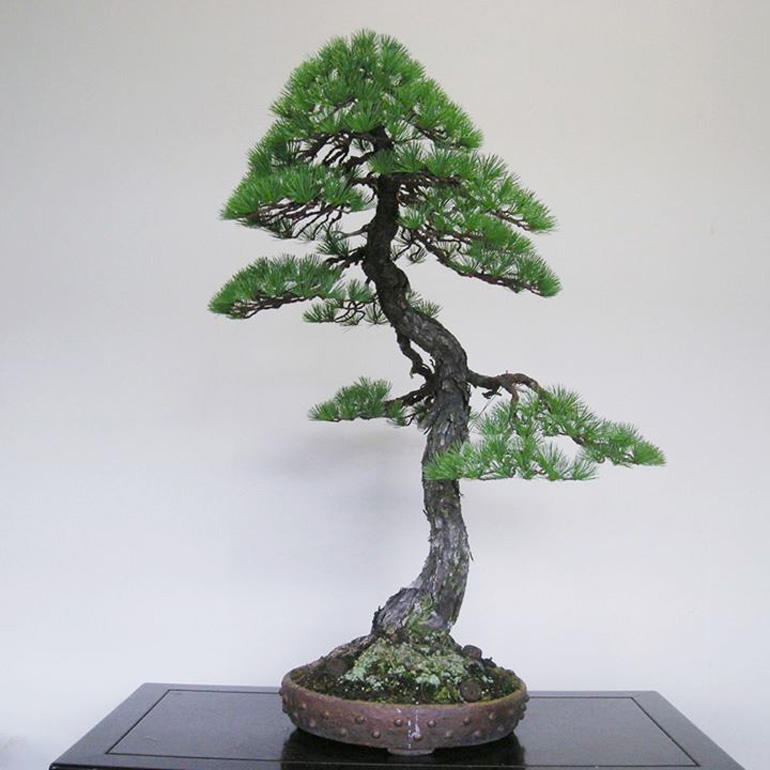
After. Japanese white pine by Naoki Maeoka.
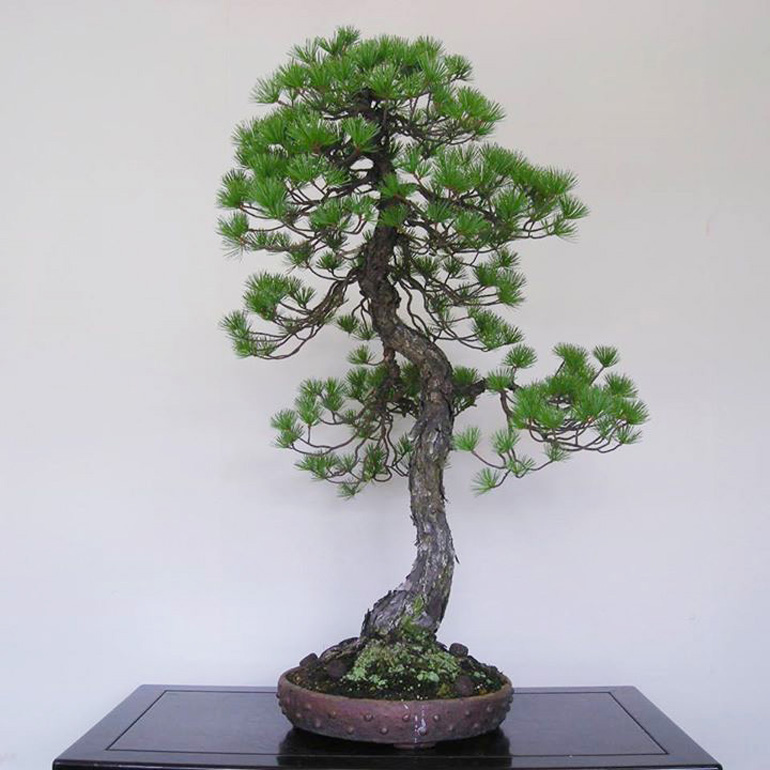
Before.
Our sponsor has informed me that you might be interested in these two ‘on topic’ books and even though I am loath to clutter Bonsai Bark with ads, who am I to argue with the man who signs the checks?
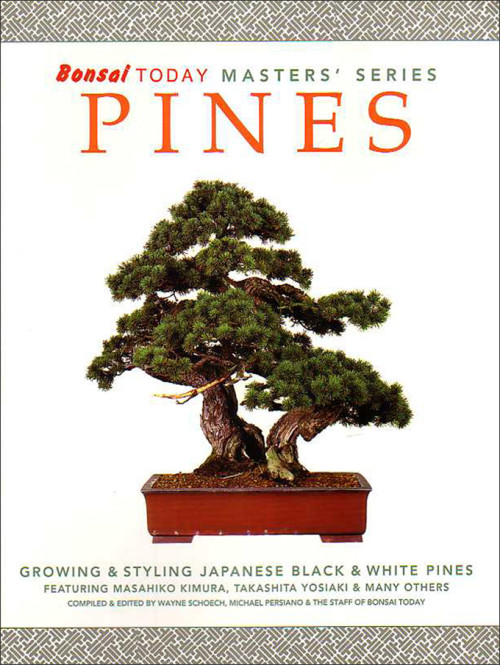

John Naka Sketchbook by The National Bonsai Foundation
available at Stone Lantern